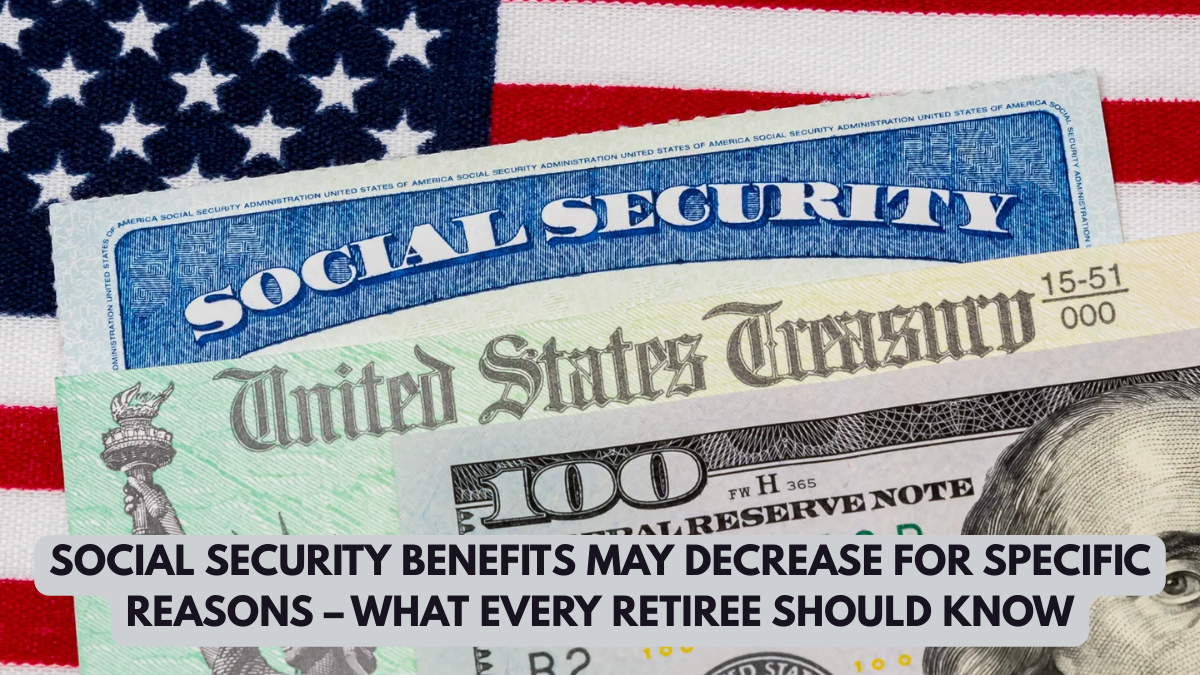The Social Security Cost of Living Adjustment (COLA) is a vital mechanism designed to help individuals who receive Social Security benefits keep pace with inflation. The goal of COLA is to protect the purchasing power of benefits, ensuring that inflation doesn’t erode the value of Social Security checks over time.
Since 1975, COLA has been calculated annually, playing a vital role in helping beneficiaries manage the rising cost of living. The Social Security Administration (SSA) uses the Consumer Price Index for Urban Wage Earners and Clerical Workers (CPI-W) to calculate this adjustment. The CPI-W measures price changes in a basket of goods and services that are commonly purchased by urban blue-collar workers, providing a reliable measure of inflation from their perspective.
The COLA calculation follows a simple method. Each year, the SSA compares the average CPI-W for the third quarter of the current year to the same period from the previous year. If inflation is observed, the COLA is applied to Social Security benefits, allowing recipients to keep pace with rising prices. However, if inflation has been low, the COLA might be zero, meaning no increase in benefits. While this formula is designed to reflect actual inflation, external factors such as tariffs can affect the outcome of the COLA calculation.
How Tariffs Can Influence the COLA
The U.S. government has imposed various tariffs on foreign goods, particularly under the Trump administration. These tariffs are taxes imposed on goods imported into the U.S., and they can impact the prices of products that Americans purchase. The important question for Social Security beneficiaries is how these tariffs might impact the CPI-W, and in turn, the COLA.
Tariffs are not paid by the countries being targeted, but rather by the companies that import goods into the U.S. These companies then decide whether to absorb the added cost or pass it on to consumers. If companies choose to pass on the costs, prices for imported goods will rise, leading to inflation.
Even if companies decide to absorb the costs, the overall market could still experience price increases as companies raise prices across the board to cover the added costs. This can create inflationary pressure in the economy, which could result in a higher CPI-W and, potentially, a higher COLA.
However, the impact of tariffs on prices is not straightforward. While tariffs can lead to higher prices for imported goods, U.S.-made products can also be affected. For example, if U.S. manufacturers rely on imported components to make their products, tariffs could raise the cost of those components, which would then be passed on to consumers in the form of higher prices for domestically produced goods. This could contribute to inflation, even in products manufactured in the U.S.
Potential Inflation Due to Tariffs
Economists predict that if tariffs remain in place for an extended period, they could contribute to higher inflation. Some estimates suggest that tariffs could lead to a 1% to 2% increase in inflation. A higher inflation rate would likely result in a higher COLA, since the SSA bases COLA calculations on the CPI-W, which reflects overall inflation trends.

However, even if the COLA rises, it may not be sufficient to fully offset the specific price increases that seniors face. Many of the goods and services that retirees purchase, such as healthcare, housing, and pharmaceuticals, may experience price increases that exceed the general inflation rate. Therefore, even a higher COLA might not fully protect retirees from rising costs in areas where they spend the most money.
While a higher COLA might seem like a good thing, it has its limitations. The COLA calculation is based on the CPI-W, which measures inflation using a specific basket of goods and services. However, retirees may have different spending patterns than the average urban blue-collar worker.
For example, seniors spend more on healthcare and housing than younger workers, and these costs can rise faster than the general inflation rate. As a result, even if the COLA increases, it might not fully reflect the actual inflation faced by retirees.
Tariffs, Recession Risks, and the COLA
Another risk posed by tariffs is the potential for an economic slowdown or recession. If tariffs contribute to a recession, inflation might actually decrease, leading to a lower COLA than what retirees need. During a recession, consumer demand typically declines, and businesses often lower their prices to attract buyers. If this happens, inflation as measured by the CPI-W could drop, resulting in a smaller COLA. This could leave retirees with a COLA that does not keep pace with their increased costs.
Moreover, there are additional risks if tariffs remain in place for a prolonged period. High tariffs can disrupt global trade and create economic uncertainty. If companies are forced to raise prices to cover the costs of tariffs, consumer confidence could drop, leading to lower spending and slower economic growth. In such a scenario, inflation might remain subdued, which could result in a lower COLA than expected.
Future Changes in COLA Calculation Methods
While the current system for calculating the COLA is based on the CPI-W, discussions have been held about potentially changing how the COLA is calculated in the future. For instance, some lawmakers have suggested using a chained CPI-W or a broader CPI-U (which includes all urban consumers) to calculate the cost-of-living adjustment (COLA).
The use of a chained CPI-W or CPI-U could result in a smaller COLA, as it takes into account changes in consumer behaviour in response to price increases. For example, if the price of a product increases, consumers may switch to a cheaper alternative, which the chained CPI takes into account. This method could lower the COLA by about 0.3 percentage points on average, potentially reducing the annual adjustment.
These changes, if implemented, could have a significant impact on Social Security beneficiaries. Even without the influence of tariffs, using a chained CPI could lead to smaller COLA increases in the future, which could make it more challenging for retirees to keep pace with inflation, especially in areas such as healthcare and housing where prices are rising rapidly.
Conclusion
The interplay between tariffs, inflation, and the Social Security Cost-of-Living Adjustment (COLA) is complex, and beneficiaries must stay informed about how these factors may impact their benefits. While tariffs may lead to higher inflation, they may also contribute to a recession or result in price increases that do not meet the needs of retirees.
Even if tariffs push the COLA higher, it might not fully cover the specific costs that seniors face. Social Security recipients need to understand these dynamics and plan accordingly for potential changes in their benefits in the coming years.
Disclaimer: This article has been meticulously fact-checked by our team to ensure accuracy and uphold transparency. We strive to deliver trustworthy and dependable content to our readers.


